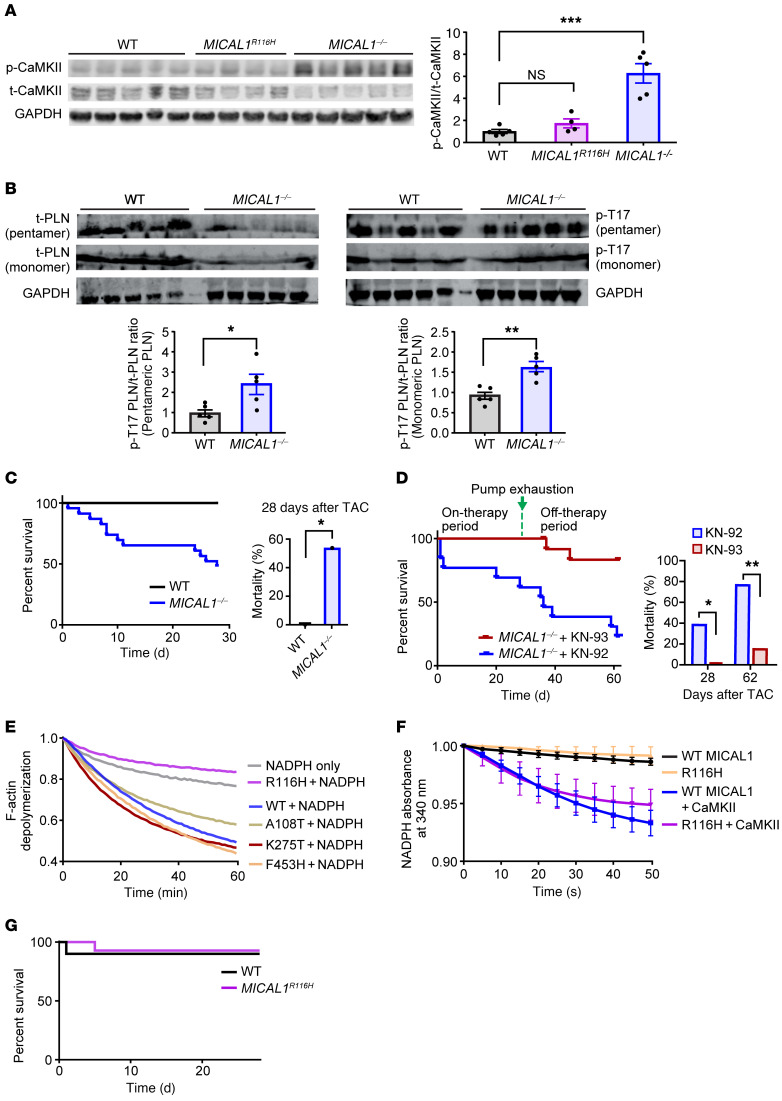Figure 2. MICAL1–/– mice show hyperactivation of CaMKII at baseline and increased mortality with pathological cardiac stress.
(A and B) Hearts of MICAL1–/– mice exhibit higher levels of (A) active, autophosphorylated-T287 CaMKII (p-CaMKII) and (B) phosphorylated phospholamban at T17 (p-T17 PLN) at baseline compared with WT littermate mice. MICAL1R116H mice do not exhibit increased p-CaMKII at baseline. Quantification of the Western blot data is shown (right panel in A and bottom panels in B) (WT n = 5 mice, MICAL1R116H n = 4 mice, MICAL1–/– n = 5 mice). t-CaMKII, total CaMKII; t-PLN, total PLN. (C) Survival curve of WT littermate and MICAL1–/– mice within 4 weeks of transaortic constriction (TAC). WT n = 8, MICAL1–/– n = 24; P = 0.01. (D) Mortality of the MICAL1–/– mice at 28 days is reversed by administration of KN-93 (n = 13) via osmotic minipumps (drug delivery for 28 days), but not its inactive congener KN-92 (n = 13). Mortality reappears in the MICAL1–/– KN-93–treated group after pump exhaustion (P < 0.05 at 4 weeks, P < 0.01 at 8 weeks). Quantification of the mortality data (left panel) is shown (right panels). (E) Screening of various MICAL1 mutants identifies R116H that does not depolymerize F-actin. Depolymerization of pyrene F-actin is measured as a reduction in the fluorescence signal of pyrene F-actin (excitation wavelength at 350 nm and emission wavelength at 407 nm). Data represented as the mean of n = 2–3 replicates. (F) R116H accelerates NADPH consumption at the same rate as the WT MICAL1 after addition of CaMKII (measured as absorbance at 340 nm). Data represented as the mean of n = 3 replicates. (G) Survival curve of WT and MICAL1R116H mice within 4 weeks of transaortic constriction (WT n = 10, MICAL1R116H n = 14) shows no difference between WT littermate and MICAL1R116H mice (P = 1). *P < 0.05; **P < 0.01; ***P < 0.001 by 1-way ANOVA with Tukey’s multiple-comparisons test (A), 2-tailed Student’s t test (B), or 2-tailed Fischer’s exact test (C and D).

